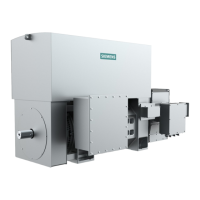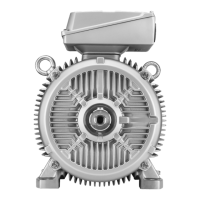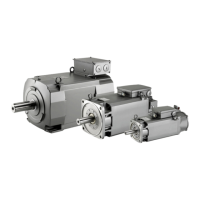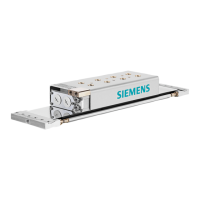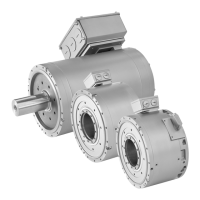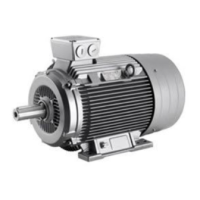Electrical connection
6
6.1 Safety instructions
Observe the following when carrying out any work on the machine:
● Comply with the general safety instructions (Page 13)
● Comply with the applicable national and sector-specific regulations.
● When using the machine within the European Union, comply with the specifications laid
down in EN 50110‑1 regarding safe operation of electrical equipment.
Risk of explosion by fixing elements becoming loose
If you use fixing elements made from the wrong material or apply the wrong tightening torque,
this could impair current transfer or cause connecting parts to become loose. Fastening
elements can work loosely, so that the minimum air clearances are no longer maintained.
Sparking formation may occur, in an explosive atmosphere it can lead to an explosion. This
could result in death, serious injury or material damage to the machine or even in failure, which
could in turn lead indirectly to material failure of the system.
● Tighten the screwed connections to the specified tightening torques.
● Observe any specifications regarding the materials from which fixing elements must be
made.
● When performing servicing, check the fastenings.
See also
Tightening torques for screw and bolt connections (Page 113)
6.2 Preparation
6.2.1 Selecting cables
Take the following criteria into account when selecting the connecting cables:
● Rated current
● Rated voltage
● Where necessary, the service factor
● System-dependent conditions, such as ambient temperature, routing type, cable length etc.
● Configuration notes
SIMOTICS HV C 1NB1402-2AA84-4CA0-Z
Operating Instructions 06/2018 55

